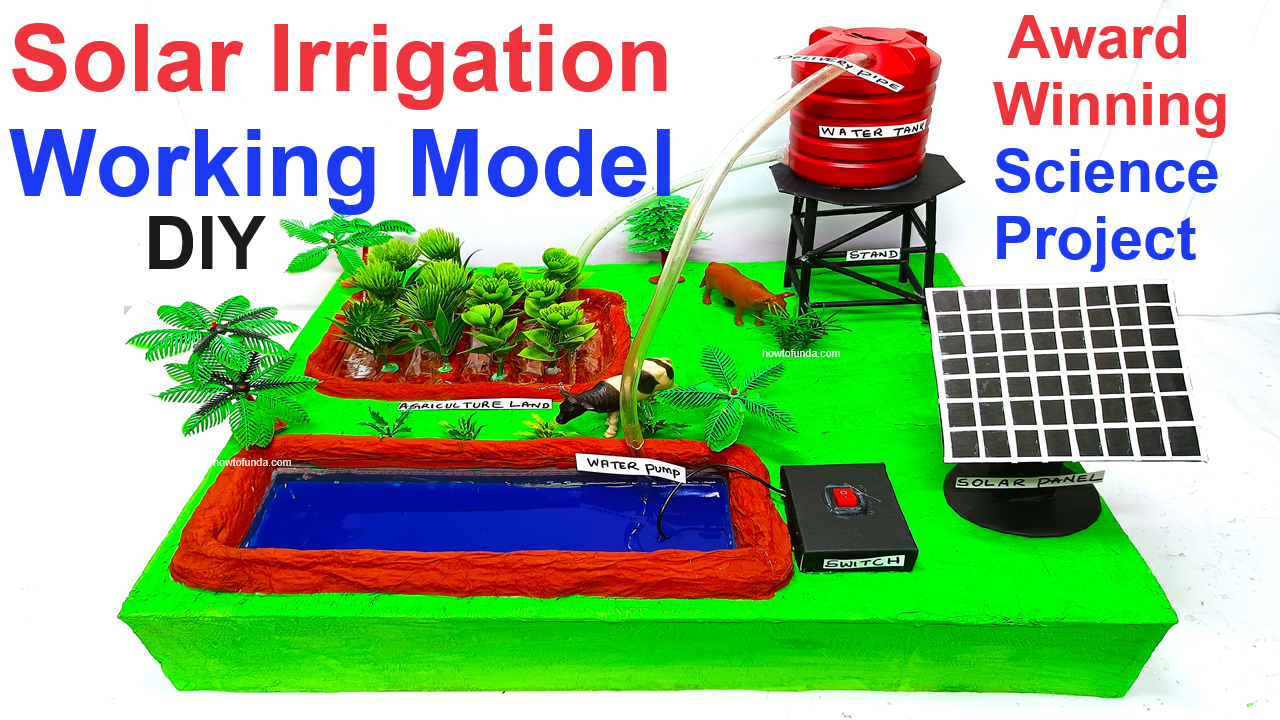A solar-powered irrigation system is an innovative solution that combines solar energy with efficient water management to support sustainable agriculture. This system harnesses sunlight using solar panels to power a water pump, which delivers water to crops through a network of pipes or sprinklers.


How It Works
- Solar Panels: The system begins with solar panels that absorb sunlight and convert it into electricity. These panels are made of photovoltaic cells that produce clean and renewable energy.
- Controller and Battery: The electricity generated is sent to a controller, which regulates the power supply. The energy can be used immediately or stored in batteries for use during cloudy days or at night.
- Water Pump: The electricity powers a water pump that draws water from a source, such as a well, river, or tank.
- Irrigation System: The water is distributed to the crops through drip irrigation pipes, sprinklers, or other mechanisms. Drip irrigation minimizes water wastage by delivering water directly to the roots of plants.
Advantages
- Environmentally Friendly: Solar power reduces reliance on fossil fuels, cutting greenhouse gas emissions.
- Cost-Effective: Farmers save money on electricity or diesel for traditional irrigation methods.
- Efficient Water Usage: Drip or sprinkler systems reduce water wastage, making the process highly efficient.
- Sustainable: Solar energy is abundant and renewable, making this system reliable in areas with frequent sunlight.
Applications
The solar-powered irrigation system is particularly beneficial in rural or remote areas with limited access to electricity. It supports small-scale and large-scale farming, ensuring efficient water use while reducing energy costs.
This system demonstrates the integration of clean energy and sustainable farming practices, promoting environmental conservation and enhancing agricultural productivity.

